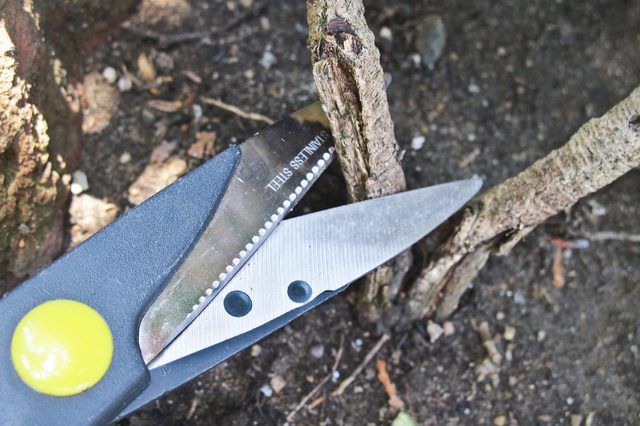Bulbs
Flower Basics
Flower Beds & Specialty Gardens
Flower Garden
Garden Furniture
Garden Gnomes
Garden Seeds
Garden Sheds
Garden Statues
Garden Tools & Supplies
Gardening Basics
Green & Organic
Groundcovers & Vines
Growing Annuals
Growing Basil
Growing Beans
Growing Berries
Growing Blueberries
Growing Cactus
Growing Corn
Growing Cotton
Growing Edibles
Growing Flowers
Growing Garlic
Growing Grapes
Growing Grass
Growing Herbs
Growing Jasmine
Growing Mint
Growing Mushrooms
Orchids
Growing Peanuts
Growing Perennials
Growing Plants
Growing Rosemary
Growing Roses
Growing Strawberries
Growing Sunflowers
Growing Thyme
Growing Tomatoes
Growing Tulips
Growing Vegetables
Herb Basics
Herb Garden
Indoor Growing
Landscaping Basics
Landscaping Patios
Landscaping Plants
Landscaping Shrubs
Landscaping Trees
Landscaping Walks & Pathways
Lawn Basics
Lawn Maintenance
Lawn Mowers
Lawn Ornaments
Lawn Planting
Lawn Tools
Outdoor Growing
Overall Landscape Planning
Pests, Weeds & Problems
Plant Basics
Rock Garden
Rose Garden
Shrubs
Soil
Specialty Gardens
Trees
Vegetable Garden
Yard Maintenance
How to Prune a Bottlebrush Shrub
How to Prune a Bottlebrush Shrub. Bottlebrush shrubs (Callistemon spp.) produce highly ornamental flowers and foliage. Most varieties have fine, feathery leaves and produce long red or yellow pollen stalks, or filaments, that resemble the spiky brush used to clean bottles. Bottlebrush shrubs grow in U.S. Department of Agriculture plant hardiness...
Bottlebrush shrubs (Callistemon spp.) produce highly ornamental flowers and foliage. Most varieties have fine, feathery leaves and produce long red or yellow pollen stalks, or filaments, that resemble the spiky brush used to clean bottles. Bottlebrush shrubs grow in U.S. Department of Agriculture plant hardiness zones 10 and 11. These shrubs bloom on new wood, so minor pruning can keep them flowering for an entire summer season.
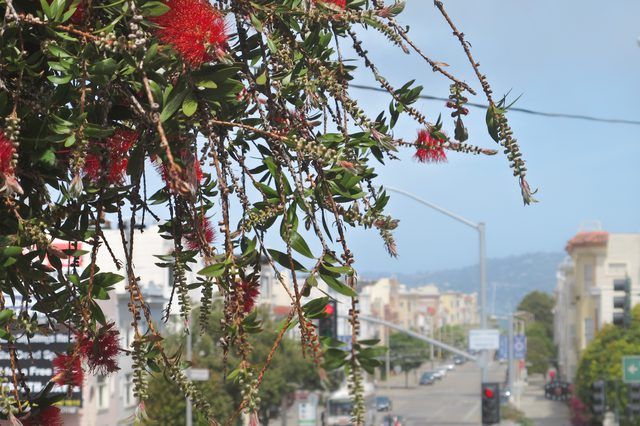
Standard hand pruners or bypass shears work well for general annual maintenance pruning. Unless the shrub is badly overgrown and needs severe rejuvenation pruning, most cuts are through small stems, so you won't need a pruning saw. If you must cut through branches between 3/4 and 1 inch in diameter, use lopping shears. Wipe all pruning tools with a cloth soaked in isopropyl alcohol before pruning and before pruning a different bottlebrush tree to prevent the spread of pests and diseases.
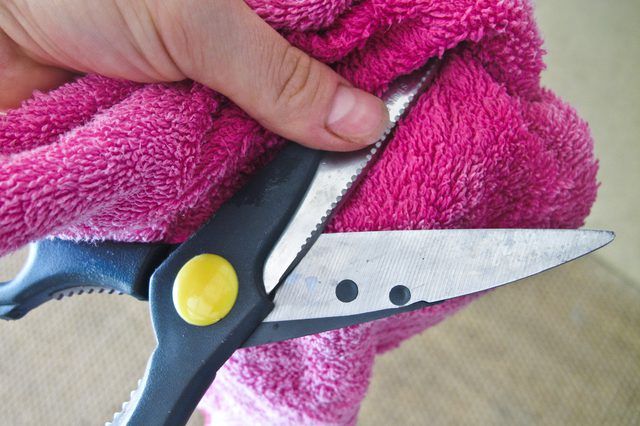
A healthy, well-shaped bottlebrush tree only requires annual tip pruning during the first one to three years of the establishment phase to create a healthy, full framework of branches. Tip prune in late winter, before the buds begin to swell, Cut off the tips of the branches back to within 1/4 inch of a bud, but avoid cutting into the old wood that no longer produces new buds. You may be pruning off some flowers, because bottlebrush flowers only on new wood, but the resulting shrub develops a fuller shape and more flowering branches that will provide more blooms in the future.
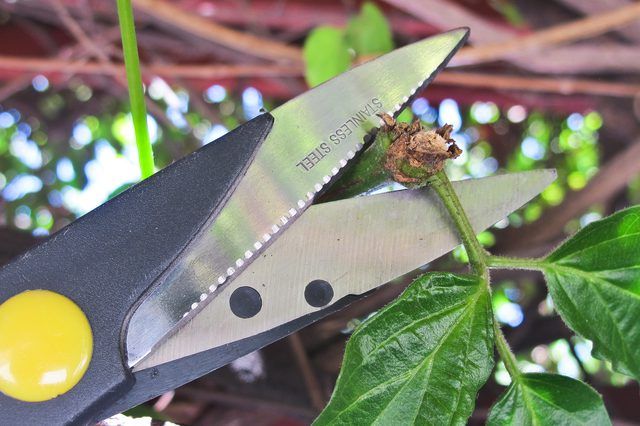
Bottlebrushes can flower repeatedly throughout the summer if you keep them deadheaded. Remove the old, spent flowers as soon as they start to fade, before the next flush of growth and flower buds begin to form. Make a cut just behind each bottlebrush flower at the first signs of wilting and decline. New growth emerges from this cut, resulting in a new bloom. Avoid fall deadheading if there is any chance of winter frost in your area, because a flush of new fall growth will suffer damage or die when temperatures dip below freezing. Instead, remove the last fall flowers in late winter as you would with tip pruning.
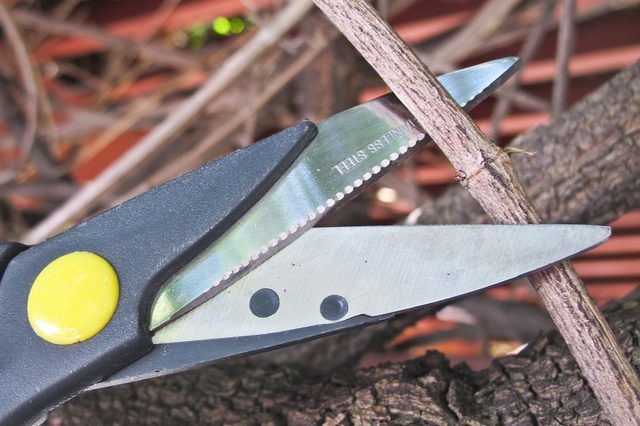
Badly overgrown bottlebrushes can sometimes grow back into full, healthy shrubs after severe rejuvenation pruning. It's best to only rejuvenate bottlebrushes if the alternative is removing the shrub entirely, because not all plants will survive severe pruning. Cut back the entire shrub to the ground in winter before any new growth appears. If the shrub survives, new stems that can produce leaves and flowers will emerge from the base of the plant when spring growth resumes.
